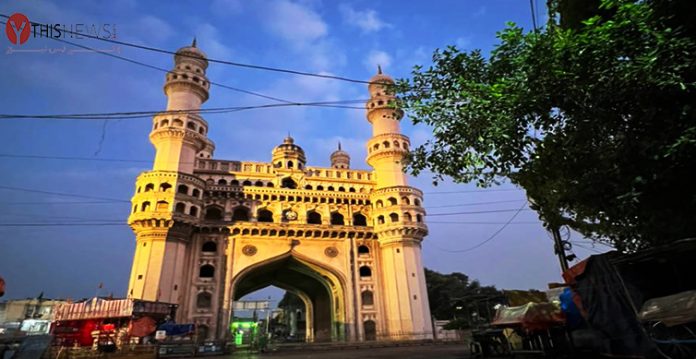Recent reports suggest that Hyderabad’s air has become toxic due to the rising levels of ground-level ozone gas this summer.
According to the Centre for Science and Environment (CSE), Delhi-NCR, Mumbai, Kolkata, Hyderabad, Chennai and Bengaluru have experienced ‘ozone-exceedance’, which is a phenomenon whereby ozone concentrations increase at ground level above normal levels. During the summer between March 2019 and May 2022, the assessment was conducted.
On all days of summer, Delhi-NCR recorded ozone excess whereas Chennai and Bengaluru recorded longer durations. A total of 75 and 43 days of ozone excess were observed in Mumbai and Kolkata, respectively.
During the current summer season, Hyderabad recorded 43 days of ozone exceedance, as temperatures in the city exceeded 40 degrees Celsius multiple times.
ALSO READ: 9 Million Dead Due To Pollution, Globally; India Records 2.4 Million Deaths
“The toxic threat of ground-level ozone is catching up with us even before we could control particulate pollution. Despite the warning signs, mitigation and prevention of this problem have not received adequate policy attention or public attention. It has been difficult to understand the growing toxic risk due to inadequate monitoring, limited data, and inappropriate methods of trend analysis,” says Anumita Roychowdhury, executive director of CSE’s research and advocacy department.
CPCB’s official online portal Central Control Room for Air Quality Management provides publicly available granular real-time data (15-minute averages) for the analysis.
The worst affected neighbourhoods were in New Delhi and south Delhi. Data also showed that hourly peak levels were higher during lockdown times by 23 per cent.
ALSO READ: Hyderabad most polluted city in South India: Report
It’s no surprise that India’s 2022 summer was one of the hottest on record, resulting in a widespread rise in ozone levels at ground level.
India has among the highest age-standardised rates of deaths attributable to ozone, according to the 2020 State of Global Air report. Between 2010 and 2017, India’s seasonal eight-hour daily maximum concentrations have experienced one of the highest increases.
(This story has been sourced from a third-party syndicated feed, agencies. Raavi Media accepts no responsibility or liability for the text’s dependability, trustworthiness, reliability, and data. Raavi Media management/ythisnews.com reserves the sole right to alter, delete or remove (without notice) the content at its absolute discretion for any reason whatsoever.)







